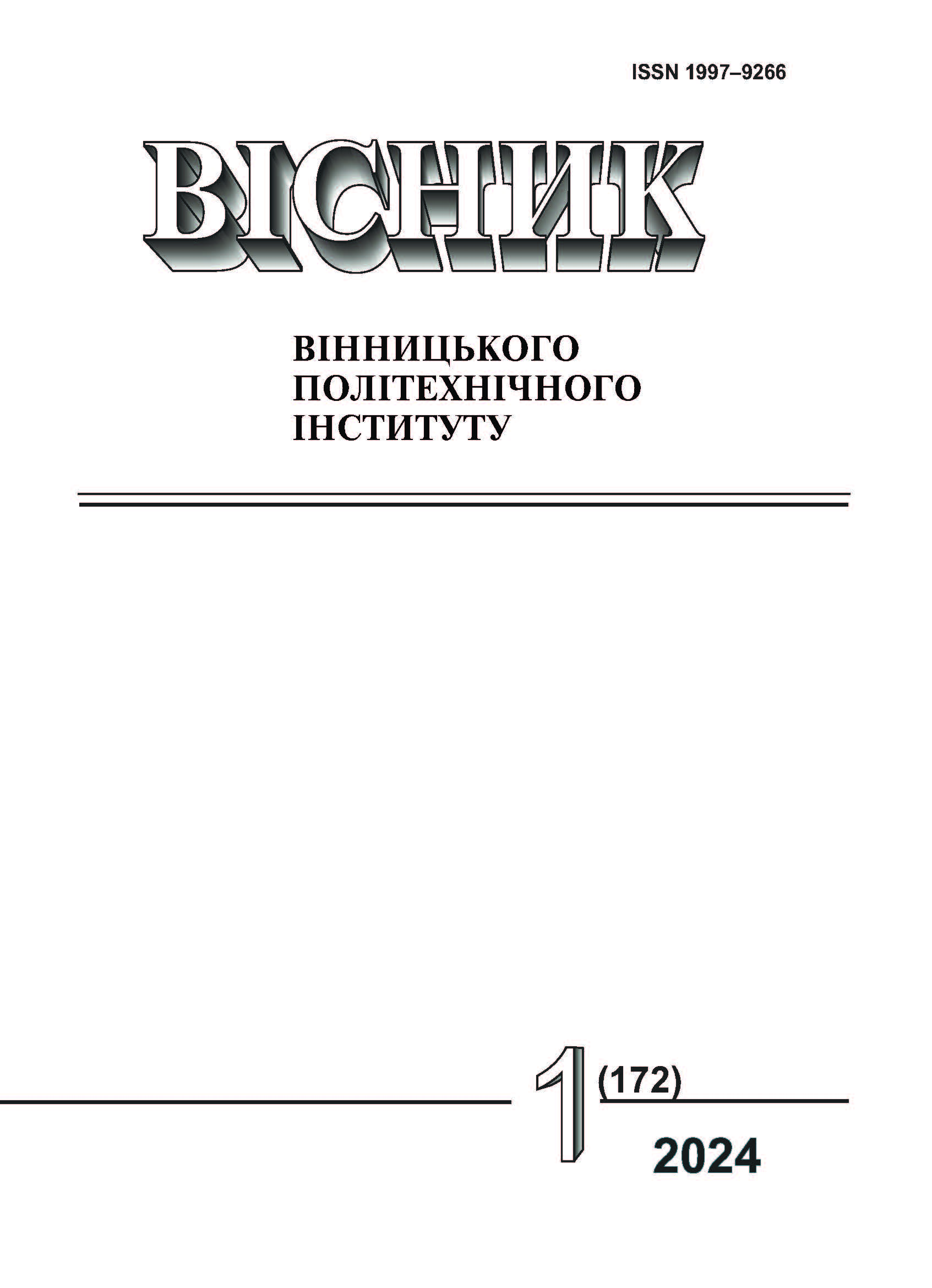Detecting Similarity Between the Texts of Posts of Virtual Communities for the Formation of Software Documentation
DOI:
https://doi.org/10.31649/1997-9266-2024-172-1-45-50Keywords:
virtual community, documentation, software, cosine similarityAbstract
The field of information technologies consists of two significantly different parts: the production of information technologies (machines, equipment, programs, etc.) and the production of the information itself, which must be documented. Today, the demand for software development is at a record high and even exceeds the market supply. An important feature of software is the availability of proper accompanying documentation, which is necessary for both developers and end users. Information sources for the formation of software documentation can be virtual communities, which are the most visited resources among Internet users. The advantages of using virtual communities are given in the article. An important characteristic of software documentation is the provision of unique information content. To fulfill this requirement, it is necessary to check their content after uploading the publications to the data repository. It should be noted that virtual communities for the formation of software documentation should be thematic. As a result, a method was developed that displays the cosine similarity between all available posts. The research conducted showed that most of the posts contain unique content, but some may have similar texts. The advantage of using the similarity detection method is that after its execution among all pairwise comparison posts, the positions of pairs of posts can be determined. In the future, we will choose posts whose values will be of interest to the researcher and will allow us to conduct analysis using other methods. Next, cases of post similarity tests were investigated and actions to solve them were described, one of which is to joint similar posts and save all comments. It is recommended to use the N-gram method for posts that received a high value of the similarity measure using the cosine similarity method.
References
О. В. Марковець, і А. І. Синько, «Формування якісної технічної документації до програмного забезпечення,» Вісник Вінницького політехнічного інституту, вип. 2 (155), с. 98-106, 2021. https://doi.org/10.31649/1997-9266-2021-155-2-98-106 .
П. І. Жежнич, і О. О. Сопрунюк, «Консолідація відкритих інформаційних ресурсів в туристичній сфері,» Комп’ютерні науки та інформаційні технології: Вісник Національного університету «Львівська політехніка», № 771, с. 3-11, 2013.
Л. М. Колєчкіна, і О. П. Пухтєєва, «Розробка методу і алгоритму перевірки тексту на унікальність,» Нові технології, № 1-2, с. 58-62, 2013.
К. К. Духновська, Я. А. Страшок, і П. В. Шило, «Інформаційна технологія для проведення лематизації і стемінгу в україномовних текстах,» Прикладні системи та технології в інформаційному суспільстві, зб. тез VI Міжнародної науково-практичної конференції, № 1, с. 119-127, 2013. Режим доступу: http://kist.ntu.edu.ua/konferencii/32_konf_2022.pdf#page=119 .
D. Khyani, B. S. Siddhartha, N. M. Niveditha, and B.M. Divya, “An Interpretation of Lemmatization and Stemming in Natural Language Processing,” Journal of University of Shanghai for Science and Technology, vol. 22 (10), pp. 350-357, 2020.
A. Jalilifard, V. F. Carida, A. F. Mansando, R. S. Cristo, F. Penhorate, and C. Fonseca, “Semantic Sensitive TF-IDF to Determine Word Relevance in Documents,” Computing and Network Communications, vol. 736, pp. 327-337, 2021. https://doi.org/10.1007/978-981-33-6987-0_27 .
Ю. А. Кравченко, А. М. Мансур, і Ж. Х. Мохаммад, «Векторизация текста с использованием методов интеллектуального анализа данных,» Известия ЮФУ, № 2, с. 154-167, 2021. https://doi.org/10.18522/2311-3103-2021-2-154-167 .
P. Kwangil, H. S. June, and K. Wooju, “A Methodology Combining Cosine Similarity with Classifier for Text Classification,” An International Journal Applied Artificial Intelligence, vol. 34, pp. 396-411, 2020. https://doi.org/https://doi.org/10.1080/08839514.2020.1723868 .
J. Awwalu, A. A. Bakar, and M. R. Yaakub, “Hybrid N-gram model using Naïve Bayes for classification of political sentiments on Twitter,” Neural Computing and Applications, no. 31, pp. 9207-9220, 2019. https://doi.org/10.1007/s00521-019-04248-z .
К. Т. Кузьма, «Інформаційна технологія оцінки рівня подібності рядків на основі методу N-грам,» Вчені записки ТНУ імені В.І. Вернадського, т. 31 (70), ч. 1, № 6, с. 96-99, 2020. https://doi.org/10.32838/TNU-2663-5941/2020.6-1/16 .
Downloads
-
PDF (Українська)
Downloads: 27
Published
How to Cite
Issue
Section
License

This work is licensed under a Creative Commons Attribution 4.0 International License.
Authors who publish with this journal agree to the following terms:
- Authors retain copyright and grant the journal right of first publication.
- Authors are able to enter into separate, additional contractual arrangements for the non-exclusive distribution of the journal's published version of the work (e.g., post it to an institutional repository or publish it in a book), with an acknowledgment of its initial publication in this journal.
- Authors are permitted and encouraged to post their work online (e.g., in institutional repositories or on their website) prior to and during the submission process, as it can lead to productive exchanges, as well as earlier and greater citation of published work (See The Effect of Open Access).





